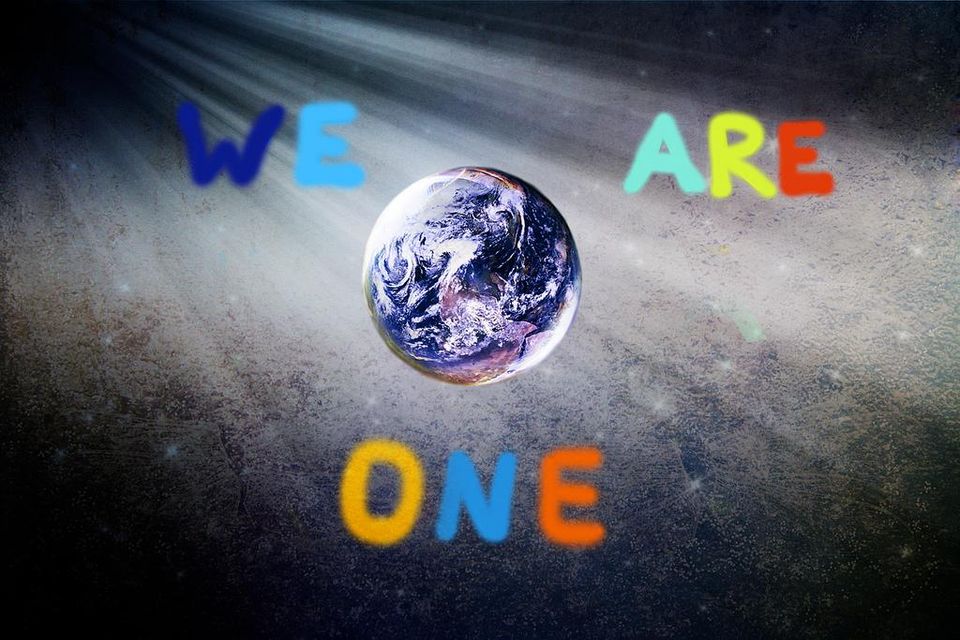
- February 06, 2017
- Human Resource
5 Trends And Buzzwords That Continue To Shape HR
I cover talent, branding, HR tech, leadership and digital media.
Opinions expressed by Forbes Contributors are their own.
The last time I wrote about this cluster of trends all at one time — it was winter. Seemed as if we’d never dig ourselves out from that deep freeze. But we did. Winter turned to spring and spring to summer. Which reminds me that change is inevitable, especially in HR.
The SHRM annual conference is a fave happening of mine, a collective (and fun-filled) eye opener that helps us all move forward, an atmosphere that’s booming with innovation and global community building. It's always fun being in the midst of it and meeting new people. For #SHRM14, I’m taking part in a series of HR Influencer panels and events, I'm back again with the blog squad and of course I will be spending quality time meeting with clients, colleagues and friends. And of course....The parties and new and interesting connections await.
An ongoing mixture of buzzwords that we continue to define, laugh about and search for the real meaning of - humanism, globalism, new competencies, and advanced technologies are heating up HR’s traditional conventions — including those that seem frozen in time. From the cloud to the millennials, this is a potent blend: an ideal culture that fosters talent acquisition, retention and growth, and enables innovation and employee engagement.
In honor of this conference, here are the top five trends and buzzwords that continue to shape HR:
1. Talent is multigenerational and changing more than ever.
Work is about to be dominated by a new breed of talent, the Millennial, a digitally hooked-in generation with its own culture and expectations. By 2025, those born in the 80’s and 90’s will comprise the majority of the workforce. Employee expectations require new modes of work and productivity — blazing evidence that change is inevitable. Today many more workers expect 24/7 workplace flexibility. They want transparency even before they apply for a job. They want to be engaged, to be challenged, and to be able to acquire new skill sets and competencies whenever and wherever. To stay satisfied in their work they need to feel integral to their organization, an active member of its ecosystem. In terms of HR the challenges are not just to attract but to retain, and that requires a new culture the embraces and actually fosters these new behaviors. Truly recognizing employee potential is critical - A pat on the back is not enough. And guess what? We're all becoming Millenials due to these changes. Deal with it.
2. The scope of HR must go global and be business focused.
As with the world of work in general, HR is going global. It’s not just enough to stay on home turf. Today, some 35% of workers in the United States are “contingent” — freelance, temporary, part-time, contractors — and that figure is expected to rise to 40% or 50%. In this ever-changing, fluid talent pool, we’re facing marked shortages: Just in high tech jobs alone, there will be a shortage of workers by 2015. Yet real talent, as we’ve seen again and again, knows no geographic borders. There’s no country that holds the monopoly on talent, whether it’s the most sought after, up-to-the-second skills needed in IT, social media, software programming, or science and math. So where do the best and the brightest live? Cast a global net, and you’ll find them. That means expanding your search to have a global scope. Increase your presence on worldwide networks and social communities, and tap into talent sites and forums around the globe.
3. The cloud’s the limitless.
My recent participation in the IBM Big Data & Analytics Summit drove home the unlimited potential of the cloud, big data and analytics for HR. These offer incredible modes of communication, engagement, and information:
• cost-effective, continual, adaptive learning systems,
• mine-able, customizable troves of information, pinpoint or big-picture,
• a remarkably powerful way to learn about the ecosystem of an organization.
We’re all familiar with mining B2C interactions for insights on consumers, but this is an impactful tool for understanding employee interactions. It turns out that advanced technologies have incredibly human benefits, from an ever-changing cache of data for insights to a flexible way to commit to a culture of continuous learning and employee growth.< /p>
4. Stay calm, be social.
What does the future of work look like? Hashtag: #Social. Social technologies are immeasurably important to HR. They enable connections, improve relationships, inspire creativity, and build cohesive innovation that keeps pace. Social solutions change the playing field, fostering and building good relationships with candidates. They bridge the space between hiring managers and internal recruiters with flexible and fast means to communicate, resulting in standout results in talent acquisition. And social’s role in a cohesive workplace, a sense of global engagement, is profound. This is a workplace where an employee’s value can’t be measured in hour many hours are spent sitting at the desk. Their innovations, participation, life outside of work, imagination and inspiration are all part of the new equation. Social media and technologies encourage a fertile, cross-pollinating management structure, a sense of creativity instead of hierarchy, with faster decision making among an empowered workforce.
5. Video is the new normal.
Video technology in recruiting is not just an appealing trend. It’s a necessity. In a recent Recruiting Trends study, 47 percent of organizations surveyed already use it in their process, for two-way video interviews. 37 percent use informational and instructional videos about specific jobs and job types. 15 percent already use recorded video questionnaires. And 55 percent or organizations plan to increase the use of video in talent-based acquisition. Video-enabled technology offers numerous benefits to candidate and employer alike. In terms of onboarding, everything should be video compatible. In terms of adding relevant content to the company careers site in an inspiring, engaging, and powerful way, video is key to attracting talent. Videos can offer a visual experience of what it will be like to work at the company, featuring key members of the organization and at-a-glance views of the workplace environment and process. And video offers a continual platform for content and information as well. It’s a top tool for HR, and we are just beginning to tap into its potential.
Next stop, Orlando. See you there. Let's keep it human first. The rest is inevitable and unfolding in real-time.
Author: Meghan M. Biro
Categories
Archive Post




